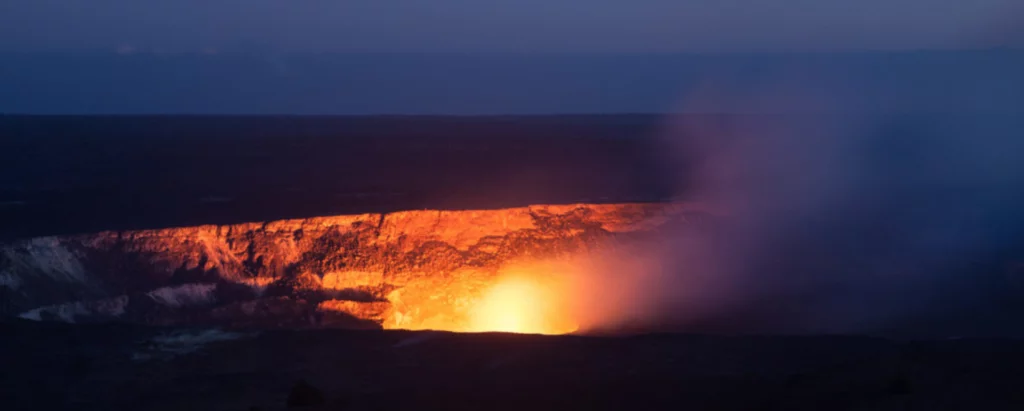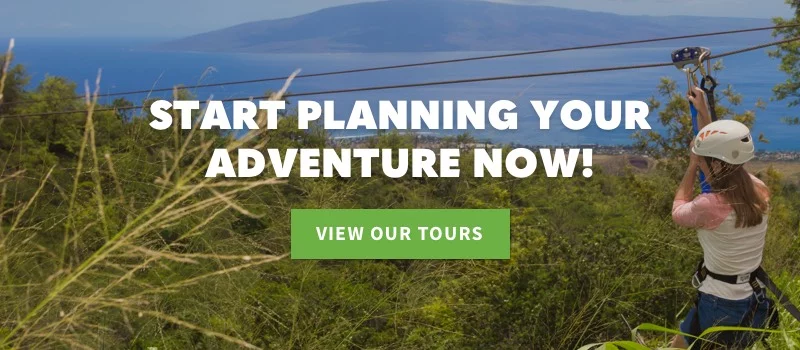Are Hawaii Volcanoes Still Active?

There are 8 main Hawaiian islands that are most commonly known: Hawaii, Maui, Kahoolawe, Lana’i, Molokai, Oahu, Kauai, and Niihau. However, the entire Hawaiian Archipelago includes over 130 smaller islands, or atolls. As the Pacific plate moves northwest over the hot spot at about 5-10 cm per year, islands are continuously forming and moving all the way up to the Aleutian Trench, where the islands submerge below sea level.
The main Hawaiian islands are the youngest islands, or the most recent to move over the hot-spot. As they move northwest, they become less volcanic-ally active. Some of the younger volcanoes remain active, and today, visitors can take tours to see active lava flowing into the ocean on the Big Island.
Of the active volcanoes, two of them remain dormant: Haleakala on Maui, and Hualalai and Mauna Kea on Hawaii Island. Dormant volcanoes are not considered completely extinct because they erupted within the last 10,000 years. There is a possibility for them to erupt again; scientists are still trying to determine if/when that will happen. The others, Mauna Loa, Kilauea, and Lo’ihi, are considered active. The Big Island is thought to currently be over the hotspot which is why it still contains active volcanoes, and active seamounts such as Lo’ihi. Kilauea is the most well-known volcano in Hawaii, as it has been labeled as one of the world’s most frequently active volcanoes. It has been continuously erupting since 1983.
Lo’ihi is classified as a seamount and sometimes called the “youngest volcano”, since it shares the volcanic hotspot with its Big Island neighbors Mauna Loa and Kilauea. It rises almost 10,000 feet above the seafloor, located southeast of the Big Island. Lo’ihi has been actively erupting since 1996, though scientists believe it could be another few thousand years before Lo’ihi breaks the surface of the ocean.
The Hawaii Center for Volcanology has a ton of information on all of Hawaii’s volcanoes, and is run by Ken Rubin from the Department of Geology and Geophysics at the University of Hawaii.
About the Author: Skyline Eco-Adventures is Hawaii’s most experienced zipline operator. Feel confident providing your family with a safe and fun adventure during your island stay. To reserve a zipline tour or for more info, visit: https://www.skylinehawaii.com 